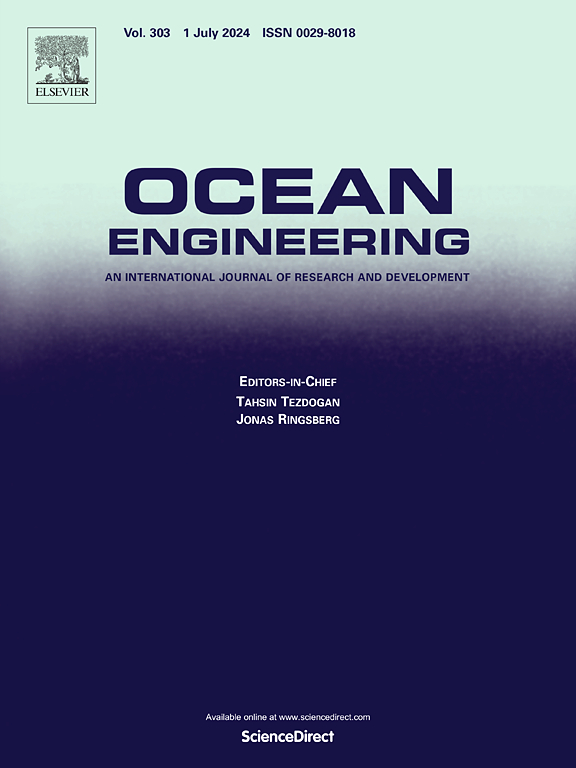A framework to assess the operational state of autonomous ships with multi-component degrading systems
IF 4.6
2区 工程技术
Q1 ENGINEERING, CIVIL
引用次数: 0
Abstract
Ensuring that the safety level of autonomous ships is at least equivalent to the expected level of conventionally operated ships is a prerequisite for their smooth introduction into practical operation. Once the autonomous ship deviates from its operational envelope, it will enter a predetermined fallback state and easily lead to accidents. The response mechanism governing the operational state transitions of safety-centric autonomous ships is generally underexplored. This paper aims to develop a novel framework for assessing the operational state of autonomous ships with multi-component degrading systems and predicting the time threshold necessary for effective response actions. Its novelties consist of (1) a novel model to analyze and quantify the operational state of system considering degraded components; (2) an extension of system state assumption from a binary “normal-failure” to multi-state; (3) the utilization of System-Theoretic Process Analysis method to generate a functional control structure facilitating multi-state system modeling; and (4) elucidation of the transition mechanism applicable to the operational state of autonomous ships. The results indicate that the operational state of hardware facilities is less stable than software subsystems under ongoing routine maintenance, and the remotely-controlled ship with crew onboard may deviate from its operational envelope after 189.8 days without implementing any maintenance strategies.
求助全文
约1分钟内获得全文
求助全文
来源期刊

Ocean Engineering
工程技术-工程:大洋
CiteScore
7.30
自引率
34.00%
发文量
2379
审稿时长
8.1 months
期刊介绍:
Ocean Engineering provides a medium for the publication of original research and development work in the field of ocean engineering. Ocean Engineering seeks papers in the following topics.
 求助内容:
求助内容: 应助结果提醒方式:
应助结果提醒方式:


